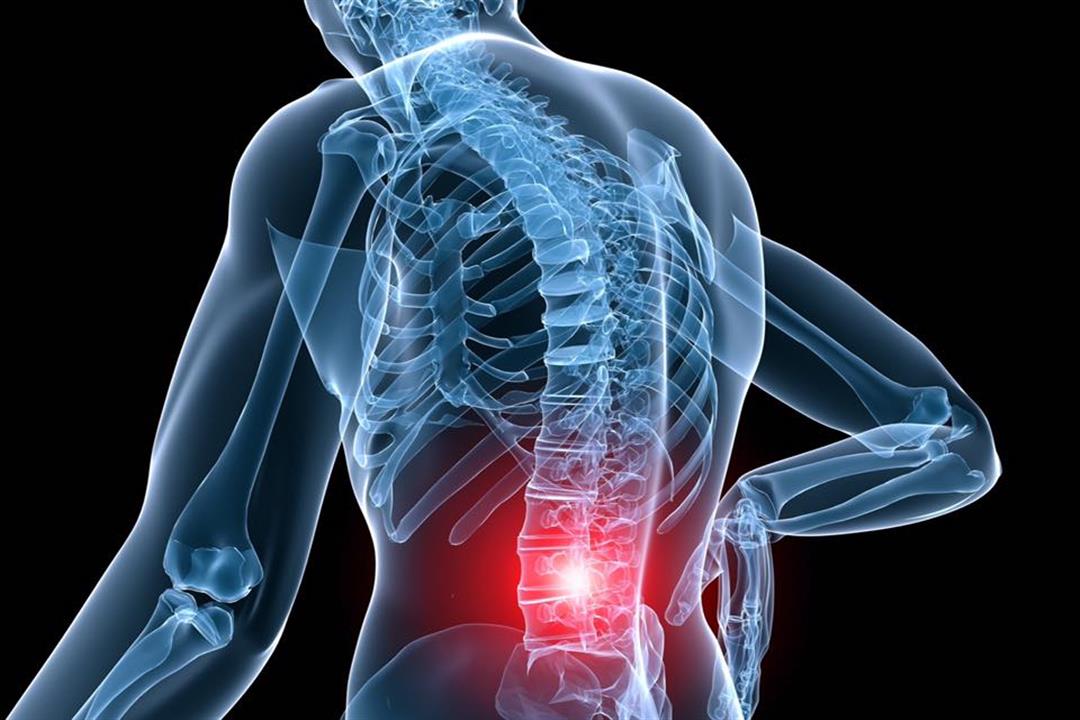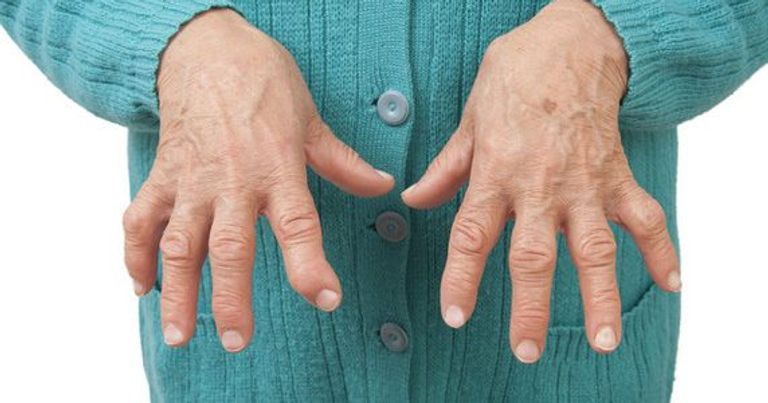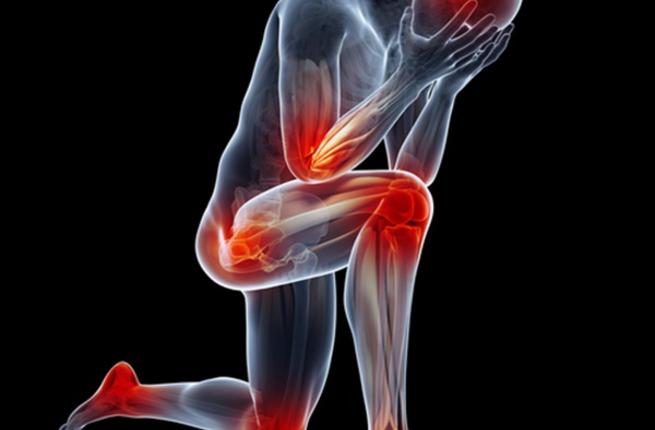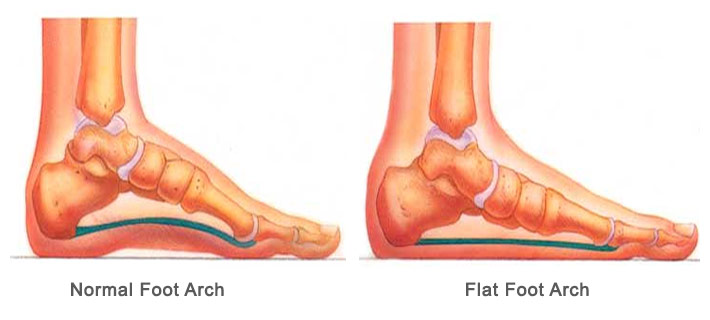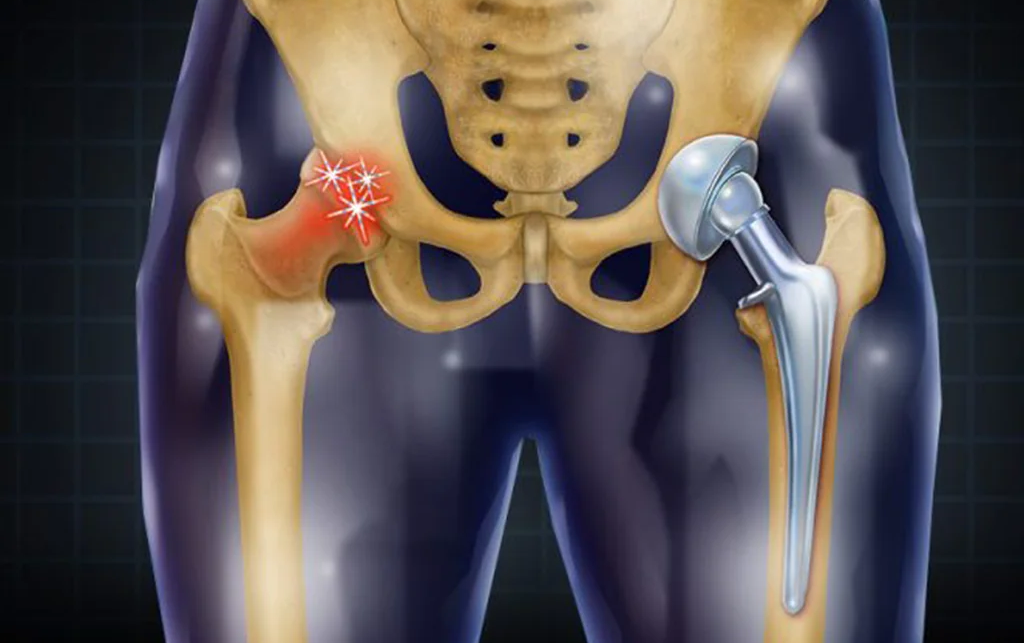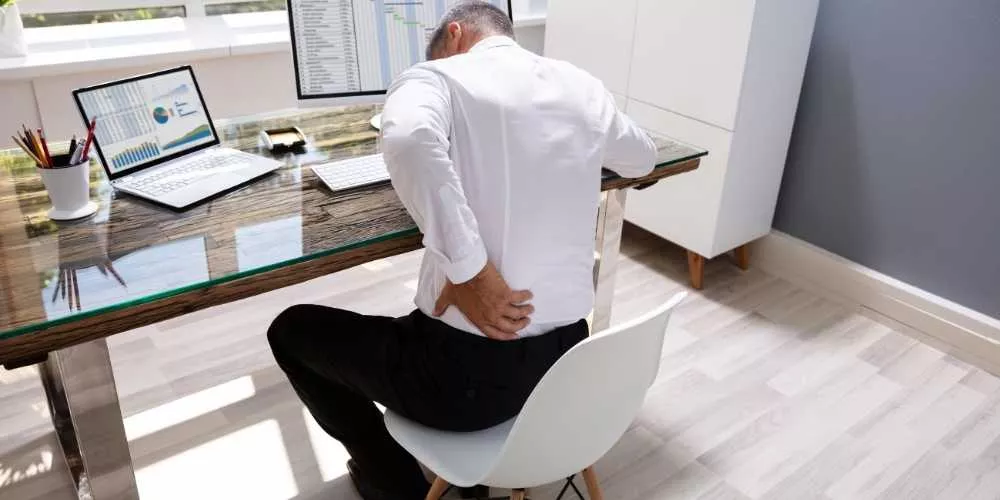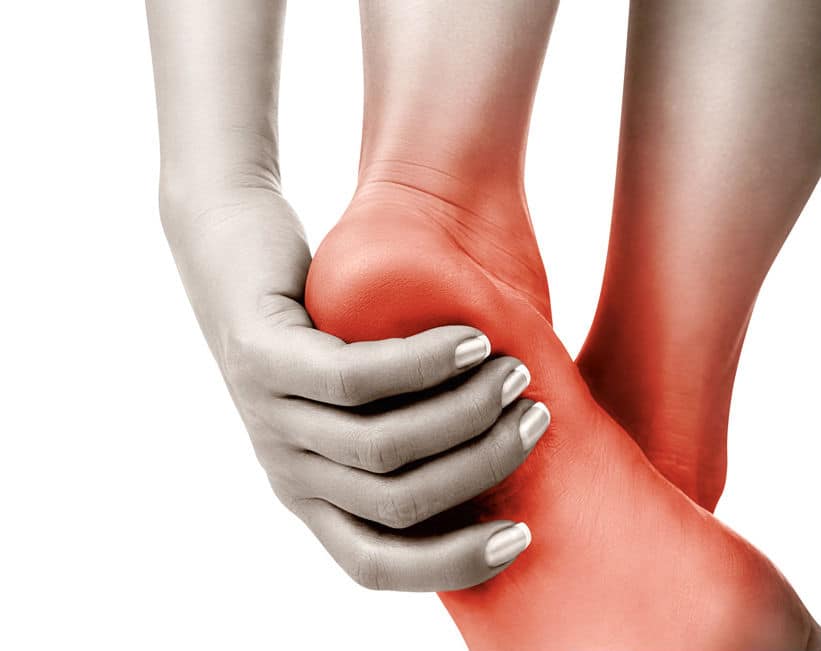What is a shoulder hook? And how long does the shoulder hook procedure take?
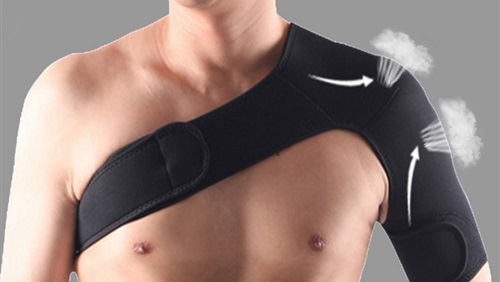
What is a shoulder hook?
A shoulder hook is a widely used medical device in the field of orthopedics and shoulder surgery. It is one of the main surgical tools used to stabilize the shoulder during surgery and provide the necessary stability for the treating physician to perform surgical procedures accurately and effectively.
The shoulder hook typically consists of two main parts: the arch and the hook itself. The arch is attached to the acromion of the shoulder using screws or surgical pins, while the hook is connected to the scapular spine. This device can be adjustable so that the surgeon can move the shoulder to the required positions to access areas that need repair or surgical intervention.
Shoulder hooks are used in a variety of shoulder surgeries, including repairing torn tendons, reconstructing shoulder ligaments, stabilizing the shoulder after fracture or tear, and treating unstable shoulder conditions. The shoulder hook is a vital tool in improving the outcomes of shoulder surgeries and reducing the risks of injury and recovery.
In addition, the shoulder hook can also be used in robotic surgery techniques and artificial joint surgery to guide surgical tools and achieve greater accuracy in surgical operations.
In summary, the shoulder hook is a modern and effective medical device that significantly contributes to improving the quality of health care and the success of shoulder surgeries. The development of technology and advanced surgical techniques has contributed to the development of this device and made it more accurate and effective in the field of treating shoulder diseases and injuries.
How long does the shoulder hook procedure take?
The shoulder hook procedure, performed by the expert orthopedic surgeon Dr. Amr Amal, is a precise and complex surgical procedure aimed at effectively improving and restoring shoulder function. The duration of the shoulder hook procedure varies from case to case based on its complexity and the nature of the existing problem in the shoulder. This procedure typically takes between two to four hours, which includes the time spent in anesthesia, patient preparation, area cleaning, and performing the necessary repairs or treatments.
Although the duration of the procedure may seem relatively short, it is important to emphasize the importance of precision and high focus that Dr. Amr Amal and the surgical team must direct during surgery. The shoulder hook requires high expertise and skill to achieve success in the operation of restoring shoulder function, relieving pain, and overall improvement in the patient’s condition.
After the operation, the patient needs a recovery period that typically ranges from a few weeks to several months, depending on the type of procedure performed and the patient’s condition. The patient is encouraged to follow the surgeon’s instructions and work on enhancing the representation of the shoulder and the surrounding muscles through physical therapy sessions.
In summary, the shoulder hook procedure depends on several factors such as the patient’s condition, the type of procedure, and the surgeon’s skill. Thanks to the expertise of Dr. Amr Amal and his surgical team, this procedure can be executed with precision and safety, contributing to achieving the best results for patients and effectively restoring shoulder function.
How do I know if I have a shoulder injury?
The shoulder is one of the most commonly used joints in the human body, and thus it is prone to injuries. If you are experiencing pain or have sustained an injury in the shoulder area, it is important to recognize the signs and symptoms of an injury in this region. Here is how you can tell if you have a shoulder injury:
- Pain: One of the most common symptoms of shoulder injuries is pain. The pain can be sharp or chronic and may increase when moving the shoulder or attempting to lift objects.
- Discomfort and Distress: You may feel discomfort or distress when trying to move the shoulder, and this could be a sign of a problem in the joint.
- Swelling and Redness: If there is swelling and redness in the shoulder area, it may indicate inflammation or injury.
- Difficulty in Movement: If you encounter difficulty moving the shoulder, lifting it above your head, or rotating it freely, this could be a sign of an injury or constriction in the muscles or tendons.
- Shoulder Stiffness: If you feel your shoulder is stiff and you are unable to use it normally, this could be due to a shoulder injury.
- Unusual Sounds: If you hear an abnormal sound during movement or injury, such as a snapping or tearing noise, this could indicate a shoulder injury.
- Unexplained Swelling: If you notice swelling in the shoulder without a clear cause such as injury or inflammation, you should consult a doctor.
If you experience any of these signs and symptoms, you should visit a doctor specializing in shoulder surgery or orthopedics to assess your condition and obtain the appropriate diagnosis and treatment. Failing to properly address shoulder injuries may lead to more significant problems in the future, so immediate medical care should be the first step in case of suspected shoulder injury.
What to do when your shoulder hurts?
When pain strikes your shoulder, it can be a source of discomfort and negatively impact the quality of your daily life. There are several steps you can take when your shoulder hurts:
- Rest: You should give your shoulder a chance to rest by avoiding activities that increase the pain or make the condition worse.
- Apply Ice: You can apply an ice pack to the painful shoulder for 15-20 minutes every hour or half an hour to reduce swelling and relieve pain.
- Pain Relief Medication: You may use over-the-counter pain relievers such as ibuprofen and paracetamol according to the doctor’s or pharmacist’s directions.
- Shoulder Massage: Gently massaging the shoulder can be beneficial in easing muscle tension and increasing blood flow to the area.
- Perform Physical Exercises: After gradual improvement of pain, you can begin performing shoulder strengthening exercises to build muscle strength and increase joint stability.
- Visit the Doctor: If the pain persists for an extended period or is accompanied by other symptoms such as swelling, numbness, or loss of movement, you should consult an orthopedic specialist or a shoulder surgeon for evaluation and accurate diagnosis.
- Physical Therapy: In some cases, physical therapy may be beneficial for restoring shoulder movement and strengthening muscles.
- Follow Medical Advice: If you are diagnosed with a shoulder injury or advised to undergo physical therapy sessions, you should adhere to the doctor’s directions and carry out treatments regularly.
- Prevention: Once you recover, you should work on strengthening your shoulder muscles and maintaining your physical fitness to avoid future injuries.
If the pain in the shoulder is persistent or severe, visiting a specialized doctor is a necessary step to ensure that there is no more significant problem and to obtain the necessary medical care.
What Comes After Shoulder Acromioplasty Surgery?
After the successful shoulder acromioplasty surgery performed by the prominent surgeon Dr. Amro Amal, the postoperative phase becomes critical in the recovery path and the restoration of shoulder function. This period is considered very important, as the patient must comply with the surgeon’s instructions and specialized medical care to ensure the maximum benefit from the surgery.
In the first weeks after the operation, care may include monitoring the shoulder to check wound healing and monitoring for infections or abnormal signs. Wearing a sling or shoulder brace may be necessary to stabilize the shoulder and contribute to the tissue healing process.
Afterwards, the doctor will direct the patient to physical therapy sessions. These sessions aim to restore shoulder movement and strengthen the surrounding muscles, and increase joint flexibility. Dr. Amro Amal and his medical team will work on customizing an appropriate physical therapy program based on the individual condition of the patient.
The patient must also refrain from strenuous sports activities or heavy lifting for a specific period after the surgery according to the surgeon’s directions. This helps in avoiding any damage to the joint or surrounding tissues.
Overall, the recovery process after shoulder acromioplasty takes time and effort, and must be carried out carefully and under full medical supervision. Dr. Amro Amal is known for his expertise in shoulder surgery and the innovative treatments he offers. Thanks to specialized medical care and compliance with his directions, patients can excellently regain the function of their shoulders and achieve the maximum recovery potential after the operation.
How Long Does Recovery from Shoulder Tendonitis Take?
The recovery duration from shoulder tendonitis depends largely on several factors, including the severity of tendon inflammation, the treatment received, and compliance with medical instructions. Generally, the recovery duration for mild to moderate cases of shoulder tendonitis can be estimated at about 6 to 12 weeks. However, more complicated and severe cases may take longer.
To enhance the healing process, some measures can be implemented:
Rest: The patient should give their shoulder adequate time to rest and avoid activities that increase inflammation. Physical Therapy: Physical therapy sessions play an important role in strengthening the muscles around the shoulder and restoring joint flexibility. Applying Ice and Warmth: Alternating ice and warmth can be used to alleviate pain and swelling. Taking Non-Steroidal Anti-Inflammatory Drugs (NSAIDs): These medications can help reduce inflammation and pain. Compliance with Medical Directions: The patient should strictly adhere to the doctor’s instructions and avoid heavy physical activities until the doctor declares full recovery.
In severe cases, or if the condition does not improve after a reasonable period, surgical intervention may be advised. The patient should consult a specialist in shoulder surgery to assess the situation and make an appropriate decision regarding the treatment. Ultimately, the duration of recovery from shoulder tendonitis depends on many factors and varies from case to case, and adherence to medical care and directions is essential to ensure the best possible healing outcomes.
Can you live with a torn shoulder tendon?
A torn shoulder tendon is a common injury that people may sustain, which can raise the question of whether it is possible to live with this type of injury. In fact, individuals can live with a torn shoulder tendon, but this depends on several factors including the size and location of the injury, the quality of treatment, and personal lifestyle.
In many cases, a torn shoulder tendon can be successfully treated surgically. However, recovery may take a long time and require effort from the patient. After surgery, the patient needs a rehabilitation period and physical therapy sessions to regain movement and strength in the shoulder. Although some people may fully recover the function of their shoulder, others may continue to experience some limitations.
Living with a torn shoulder tendon requires adjusting to a new lifestyle, which can be difficult for some. This adjustment can affect the ability to perform certain daily or sports activities. However, individuals can achieve significant improvements in quality of life by adhering to physical therapy programs and taking care of the shoulder after surgery.
Ultimately, living with a torn shoulder tendon depends on the effort put into treatment and rehabilitation processes and the ability to adapt to the situation. It is always necessary to consult the treating physician for specific guidance for your individual case and to determine the expectations and possibilities for recovery and living with the injury.
Is shoulder popping serious?
Shoulder popping is a common phenomenon experienced by many people, and in most cases, shoulder popping is not a cause for concern or indicative of a serious problem. This popping occurs when the shoulder joint moves and the upper bone’s head (the arm’s head) glides across a slippery substance called the synovial fluid. This gliding is accompanied by a loud sound that can be heard and a sensation of tension or relief.
Shoulder popping is usually due to simple factors such as individual shoulder anatomy and normal joint movement. However, if the popping is accompanied by severe pain, swelling, or weakness in the shoulder, it may be an indicator of a problem that requires medical evaluation.
In some rare cases, popping can be associated with issues such as tears in the tendons or damage in the shoulder joint. Therefore, if you are experiencing shoulder popping and have any health concerns, it is always preferable to consult a specialist in orthopedics or shoulder surgery for the necessary assessments and examinations.
In general, shoulder popping is not serious in most cases and is considered a normal occurrence for some people. As a reminder, it is always advised to consult a doctor if you are concerned about any health issue related to the shoulder or any other part of your body.
How much does a shoulder dislocation surgery cost?
Determining the price of a shoulder dislocation surgery depends on several variable factors, and it can vary significantly depending on the country, city, hospital, and the surgeon performing the procedure. Additionally, the cost of the surgery depends on the type of anesthesia used and whether there is a need for shoulder replacement or additional procedures.
Typically, the cost of a shoulder dislocation surgery includes the surgical fees, anesthesia fees, consultation costs with the surgeon, necessary pre-surgical examinations, and post-surgical follow-up.
To obtain an accurate estimate of the cost for a shoulder dislocation surgery, the patient should consult a specialist shoulder surgeon. The surgeon can provide a detailed estimate that includes all financial aspects related to the procedure. Patients should also check their health insurance coverage and look into any additional financing options if necessary.
Ultimately, the choice should be based on health considerations and not solely on cost. The quality of medical care and the surgeon’s experience, such as Dr. Amr’s hope, are of greater importance for the patient and should be the basis for making a decision regarding the procedure.
Does the shoulder return to normal after dislocation?
Does the shoulder return to normal after a dislocation? This is a question that concerns many individuals who have experienced shoulder dislocations. Shoulder dislocation is a common injury that occurs when the shoulder is moved from its normal position. This may result from a severe fall, collision, or sudden forceful movement. For many patients, treatment includes repositioning the shoulder back into place through a dislocation procedure.
A shoulder dislocation procedure is performed to reduce pain and restore shoulder function. But can the shoulder return to its normal state after this procedure? The answer to this question depends on several factors, including the severity of the injury, the type of treatment, adherence to the doctor’s instructions, physical therapy sessions, and exercises.
Here is a general overview of what can generally be expected after a shoulder dislocation surgery:
- Initial Healing Phase: After the surgery, the shoulder may take several weeks to heal properly. During this period, one should refrain from sports activities, forceful movements, and putting pressure on the shoulder.
- Physical Therapy Sessions: Typically, physical therapy sessions are necessary to restore shoulder movement and strengthen the surrounding muscles. Physical therapy guides the patient through a range of exercises and techniques that aid in recovery.
- Monitoring Swelling and Pain: Any signs of unusual swelling or pain after the procedure should be monitored. If there are any issues, the patient should contact the surgeon for assessment and necessary treatment.
- Sustainable Exercises and Activities: After the initial healing period, the patient can slowly resume daily activities and sports, provided they are done cautiously and under supervision.
- Degree of Full Recovery: The extent of full recovery depends on the individual case and the patient’s commitment to treatment, exercises, and medical guidance. In some cases, it may take several months to restore the shoulder to its normal state.
- Influencing Factors: Additional factors such as significant tendon tears or major joint damage can affect recovery expectations.
Overall, many people can fully regain shoulder function after a successful dislocation surgery and compliance with appropriate treatment and care. However, expectations should be aligned with the patient’s condition and the type of injury. It is always encouraged to consult with the surgeon or treating physician for an accurate assessment of the condition and to provide proper guidance for treatment, exercises, and expectations after dislocation.
When does physical therapy begin after shoulder surgery?
When an individual sustains a shoulder injury or undergoes shoulder surgery, physical therapy becomes an important part of the recovery process and the restoration of normal shoulder function. Physical therapy offers specially designed techniques and exercises to strengthen and improve shoulder movement, increase flexibility, reduce pain, and promote overall recovery. But when should physical therapy begin after shoulder surgery?
It is important to understand that the timing of starting physical therapy after shoulder surgery largely depends on the type and severity of the surgery and the patient’s condition. Dr. Amr Amal, a specialist in orthopedic surgery and musculoskeletal disorders, emphasizes that there is no fixed timetable for starting physical therapy after shoulder surgery; rather, it should be determined based on the condition of each patient individually.
After minor shoulder surgery: If the shoulder operation is minor and has not significantly affected the surrounding tissues of the joint, physical therapy can begin early, usually within two weeks to a month after the operation. The main goal in this case is to restore normal movement and strengthen the shoulder.
After major shoulder surgery: If the shoulder operation is major and required the removal or correction of important structures, such as ligaments, tendons, or cartilage, physical therapy may not start early. The beginning could be several weeks or even months after the operation, depending on the surgeon’s assessment and the patient’s condition. This aims to allow the shoulder to heal and avoid excessive strain on it.
For individuals with complex health conditions: For those suffering from complex health conditions or chronic diseases, they may need more time to start physical therapy after the operation. This is determined based on the guidance of doctors and specialists.
The first phase of physical therapy: In the first phase of physical therapy, the treatment focuses on reducing swelling and pain. This can include sessions for ice therapy, wave stretching, and manual therapy techniques.
The second phase of physical therapy: Over time, physical therapy transitions to a phase focusing on strengthening the muscles surrounding the shoulder and restoring full movement. This is done through exercises to improve strength and flexibility.
The third and final phase: In this phase, physical therapy focuses on improving the functional performance of the shoulder and restoring the ability to perform daily activities normally.
The patient must regularly communicate with the physical therapy team and follow instructions precisely to ensure proper progress in the recovery process. The timing of when to begin physical therapy and how to organize it must be estimated based on a detailed assessment of the condition by the medical team, including the surgeon, physical therapist, and treating physician.
Can a Broken Shoulder Be Moved?
The shoulder is a complex joint comprised of multiple bones and soft tissues, making it one of the most vulnerable joints to injury. When an individual suffers a shoulder fracture or tears in the tissues surrounding it, a fundamental question often arises: “Can a broken shoulder be moved?”
The answer to this question depends on the type and severity of the fracture, and whether or not it has been surgically treated. Let’s review some important aspects regarding this matter:
- Type of Fracture: There can be different types of shoulder fractures. Some may be simple and require non-surgical treatment, while others may be complex and necessitate surgery. For example, a fracture in a bone of the shoulder (such as a clavicle fracture) might require a cast to immobilize the shoulder and prevent it from moving.
- Surgical Treatment: In the case of severe fractures that require surgery, the fracture is repaired and the shoulder is stabilized using fixation devices such as metal plates or screws. In this scenario, the broken shoulder cannot be moved naturally post-operation for a period typically ranging from several weeks to several months. The shoulder is gradually mobilized after partial healing and the introduction of physical therapy.
- Non-surgical Treatment: For cases involving simple fractures or muscular tears that do not require surgery, the shoulder can be moved after a thorough medical assessment. Physical therapy sessions may be recommended to strengthen the muscles around the shoulder and restore normal motion.
- Post-fracture Care: Regardless of the type of fracture, the patient must follow the instructions of the surgeon or treating physician after the operation or upon diagnosis of the fracture. This includes avoiding overloading the shoulder with excessive weight and following a healthy diet to promote healing.
- Physical Therapy: After the initial healing period, physical therapy may be necessary to restore strength and normal movement to the shoulder. Physical therapy will provide exercises and techniques to improve strength and enhance mobility.
In conclusion, the ability to move a broken shoulder depends on several factors, including the nature of the injury and the treatment received by the patient. Always follow the guidance of the medical team and physical therapist to safely and effectively restore normal shoulder function.



